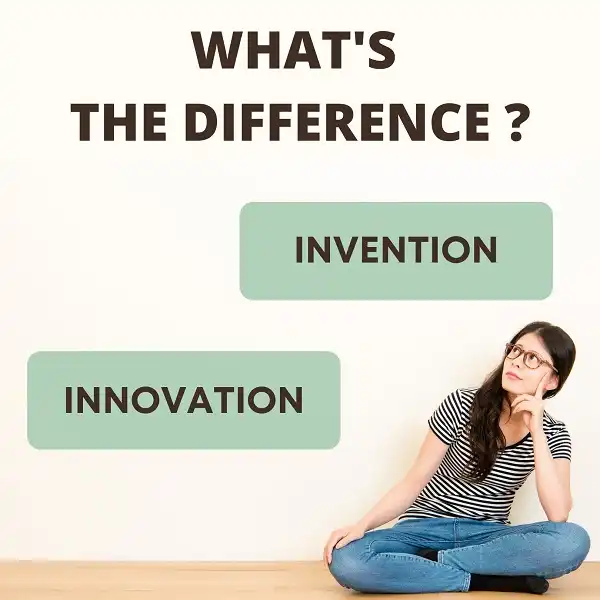I’m sure you’ve heard the terms “invention” and “innovation” before, but what do they actually mean? In a nutshell, invention is the process of creating something new, while innovation is taking that new creation and making it useful in some way. Both are important for progress, but which one is more important? And which one should your business focus on? Let’s take a closer look.
What is Invention?
The invention is the art of creating something new. An invention can be a new product, a new process, or a new way of doing something. Invention often involves finding a better way to do something that already exists. Inventors are people who create new things. They often have inventive minds and are willing to take risks. The invention can be risky because it requires an investment of time, money, and effort, and there is no guarantee that the invention will be successful. Many inventions fail. But even if an invention fails, it can still be useful. It can teach us what not to do and help us find a better way to do something else. And sometimes, even a failed invention can be turned into a success if it is improved upon by another inventor. The invention is essential for progress. Without invention, we would still be living in caves and cooking our food over open fires. The invention has led to many of the conveniences and comforts we enjoy today. It has also led to many medical advances that have saved lives and improved the quality of life for millions of people. The invention is the engine of change. It is what makes the world an exciting place to live in.
What is Innovation?
Innovation is a process of creating something new that has value. It can be a new product, service, or process. Innovation is different from the invention, which is the creation of something that is new but has no immediate value. Innovation often involves combinations of both creative and analytical thinking. The best innovations are those that create value for the customer or user. Innovation is a key driver of economic growth and competitiveness. It is essential for businesses to continually innovate in order to remain relevant and profitable. Many companies have established innovation departments or offices to help encourage and develop new ideas. Innovation can be risky, and not all innovations are successful. But for those that are, the rewards can be great.
Difference between Invention and Innovation
Invention and innovation are two terms that are often used interchangeably, but they actually refer to two different concepts. An invention is a new product or process that is created as a result of human creativity. An innovation, on the other hand, is a new way of doing something that has been developed as a result of trial and error. In other words, an invention is a new idea, while an innovation is a new implementation of an existing idea. The invention is the first step in the process of innovation, but it is not necessary for an innovation to be patented or even commercially successful in order to be considered an innovation. For example, the Internet was invented in the late 1960s, but it was not until the 1990s that it became truly innovative with the development of commercial browsers and search engines. Similarly, the automobile was invented in the 19th century, but it was not until the early 20th century that a number of innovative technologies, such as mass production and assembly line production, transformed it into a truly innovative product. In short, the invention is about generating new ideas, while innovation is about taking those ideas and turning them into realities.
Conclusion
While invention and innovation may seem like similar concepts, they are actually quite different. The invention is the process of creating something new, while innovation refers to putting a new twist on something that already exists. In order to be successful in business, it’s important to understand the difference between these two terms and how to apply them in your own work.


